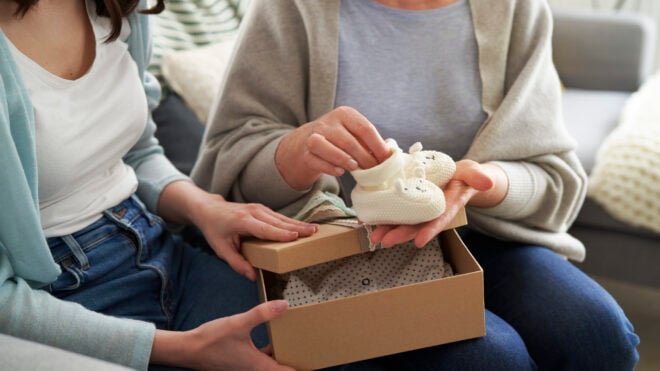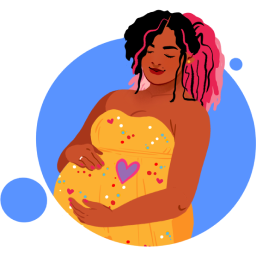
I first heard about placenta encapsulation when Kourtney Kardashian boasted about eating hers after giving birth. It sounded like something that would probably be too expensive for us mere mortals.
“Placentophagia” refers to the process of a new mother consuming her placenta postpartum by either eating the placenta raw, cooked, or in capsule form, or drinking the juices from the placenta once it is cooked.
I read once that most mammals eat their placenta after delivery. It made sense (to me) then that women should consider it too. After enduring a long labor that ended in a C-section, I wish I had eaten my placenta. I definitely could have used the energy boost and the protection against postpartum depression, given my history with the illness.

An article in The Guardian noted benefits that include “boost[ing] milk production, fight[ing] postpartum depression, reduction of pain, and increased energy in new mothers.”
More from Mom.com: What a Lotus Birth Really Looks Like
When I found out my friend and vlogger Linda Garcia (aka @luzwarrior) had decided to eat her placenta, I had to learn more about it. She explained that the benefits mentioned above were far too great for her to ignore. In her research, she also found that the placenta helps prevent infection, increases milk supply, and is a natural pain reliever after birth.
Through her, I also learned that you have various options for eating it beyond encapsulation, such as a bedside raw smoothie.
This drink is prepared at the hospital and can be mixed with fruit and a variety of ingredients or in a milkshake form. I know some of you might be thinking, “RAW SMOOTHIE?!” Personally, I felt so drained after birth that, if I did it all over again, I would eat whatever I was told if it would make me feel better. Linda also made an excellent point, saying she was a bit squeamish at the thought of eating her placenta raw, but then she remembered she’d eaten other things that are actually terrible, like overprocessed fast food.

There are other things you can do with your placenta. You can make a dreamcatcher, create an oil that can be preserved for later in life, like menopause, or make an ointment to help with scarring from a C-section.
Another fun fact: You can have others consume your placenta, too, like your partner or a friend.
If this sounds like something you would want to do, here’s what you should know:
- There is some prep work involved. You need to get blood work done before the delivery to evaluate your eligibility.
- Most states don’t have any laws that prohibit you from taking your placenta home. But of course you need to inform your doctor about it. Linda encountered some eye rolls when she informed her doctor about it, but she was determined this was for her and the doctor cooperated during the pre-birth phase.
- After delivery, the placenta will be picked up and the raw smoothie will be prepared on-site. The pills and other goods will be prepared in the next few days.
- The service is about $250–$350 in many cases. If you want to learn more, visit FeelGoodPlacenta.com.
Of course, I’m not a medical professional, so consult with your doctor if you are considering eating your placenta.
Linda has been documenting her entire pregnancy, including sharing tips on what to wear, how to deal with the emotional ups and downs of the second and third trimester, sharing what is in her hospital bag, and more details on why she decided to encapsulate her placenta. She is honest, vulnerable, and informative. Also, her makeup is always flawless! Check out her YouTube channel, We Have Issues.
Here she is eating her placenta! (Or is she …?)







